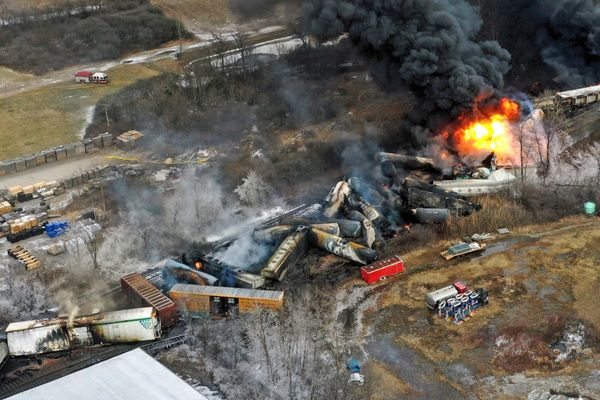
Retrofitting seatbelts to more buses and coaches, and better enforcing laws requiring passengers to wear them, are some measures under urgent consideration in New South Wales in the wake of the Hunter Valley bus crash.
On Tuesday, the Minns Labor government announced it had instructed the NSW bus industry taskforce to look at “a number of current concerns” around safety management, seatbelt use and regulatory arrangements in the state.
The government has specifically asked the taskforce to evaluate the state’s program that has retrofitted seatbelts on school buses in regional NSW over the past 10 years and whether that process could be expanded to buses in other areas of the state.
The taskforce will also examine the issue of enforcement of seatbelt laws.
Currently, seatbelts are not mandatory on all buses in NSW. Many coaches and regional school buses are fitted with seatbelts, but commuter buses in cities that are also used for suburban school services don’t have seatbelts as part of a vehicle design also aimed at allowing standing passengers.
Additionally, while it is a requirement for everyone on board a bus fitted with seatbelts to wear them, drivers are not legally responsible for ensuring their passengers wear them, and experts have warned enforcement is a grey area.
The taskforce will also look into whether any changes should be recommended to the Australian Design Rules for buses and coaches, which are the national standards for road vehicle safety.
Safety management systems put in place by bus and coach operators, including driver training and fatigue management, will also be examined.
The Labor government initially established the taskforce after coming to power in March to address industry issues such as a deterioration in services and driver shortages.
In line with its newly expanded remit to consider safety, the government has now appointed Darren Lane, a long time safety expert who has previously advised government, to the taskforce to provide independent safety advice.
The NSW transport minister, Jo Haylen, said: “When tragic events like this happen, we need to look at what we can do to ensure this doesn’t happen again.
“We know seatbelts save lives, but if there needs to be more enforcement around this issue put in place so something like this doesn’t happen again, we will do it,” Haylen said.
The taskforce will report early safety findings by 31 July.
The move comes after the parents of the groom whose Hunter Valley wedding ended in tragedy launched a call for stronger seatbelt laws in recent days.
Prof Stuart Newstead, director of Monash University’s accident research centre, previously told Guardian Australia it would be difficult to make drivers legally responsible for ensuring their passengers are all wearing seatbelts. “It’s difficult to monitor up to 60 passengers, and what’s stopping them taking it off later?” he said.
Newstead pointed to seatbelt detection technology commonly installed in cars that warn when a passenger’s seatbelt isn’t fastened as something that could be adapted to buses. He also noted versions of interlock technologies in cars that mean vehicles cannot travel faster than 10km/h if a passenger isn’t wearing their seatbelt.
However, he said this could still place the driver in an awkward position. “Even if there’s an audible warning, what would happen? Would it stop the bus if one passenger set it off?”
Newstead also said automatic emergency braking if an imminent collision is detected, as well as automatic stability control, which corrects the trajectory a vehicle is travelling in to match the steering direction, and black box-like devices that ensure drivers travel at legal speeds could all be considered for buses and coaches.
“The technology is there to be implemented immediately,” he said.







